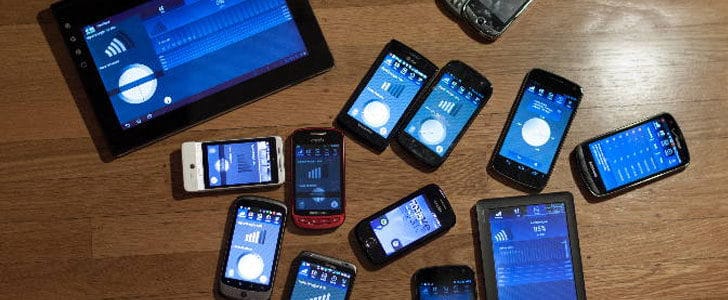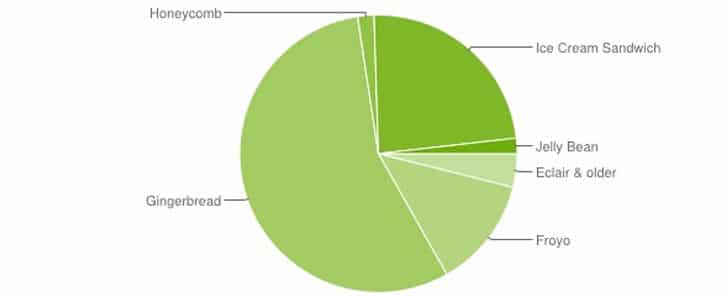If you are an Apple iPhone user you know that getting an OS update is not a big deal. Almost all iPhones are getting updates on the same day and it just needs few taps. It’s same with all the iOS devices including iPad and iPod touch.
Android has become the world’s most popular mobile OS. But Android users know that getting a software update for your phone is not as easy as iPhone. Latest version of Android is 4.2.1 but still you can find many phones with many years old Android 2.3 running. The problem here is Android OS is highly fragmented based on more than one factors.

What is Android Fragmentation?
Android is an open source mobile OS developed by Google. That means its source code is freely available for any one. What handset manufactures are doing is design a hardware platform which is compatible with Android OS and produces a handset. But they always modify the source code, especially with themes to deliver a unique branded experience to users.
When you are buying an Android phone from a mobile carrier they are installing a customizable Android with branded start up screens and some applications.
Once the device has a customized version of Android it can’t get updated directly from Google, like iPhones are getting from Apple. This is where the problem is.
When Google is releasing new iterations of Android on the same day they release source code to handset manufactures and developers. If you have a Nexus device with pure Android, you will be updated on the same day but it’s not the case with other devices.
Handset manufactures need some time to figure out the updates in new iteration and check the compatibility of themes and apps they are going to embed into OS. This might take few weeks, maybe few months and lots of effort. If there is a carrier in between, it will add a couple of more weeks.
Due to this complex process handset manufactures keep older models out of the update process. That’s why most of the Samsung Galaxy S II phones are still having Android 2.3. Not only that, if you take a look at statistics, less than 10% of phones has latest Android version.

What Can Google Do?
Google is releasing OTA update and source code on the same day. Nexus devices are getting the update on time while other handsets are waiting for updates. If Google can release the source code earlier, then handset manufactures will get some time to study the code and release the update almost at the same time as Google.
However this will solve only the part of problem. Still handset manufactures won’t like to put effort on older handsets.
What Can Handset Manufactures Do?
The most practical solution would come from handset manufactures side. The major problem here is manufacturer customization. It will require a lot of time and effort. If they can simply install pure Android on all the handsets, Google can push updates at the same time to all the Android devices.
If they need to include customization so badly, they can give that choice to handset user. If he likes customized Android experience he can go for that. If he value timely update rather than customization they can go for pure Android and Google paused updates. Even if Google won’t like to push updates to all the phones, manufactures can do it with much lesser effort.

It’s an Ideal solution. However it would be pretty difficult to achieve. Take a look at above image to get an idea how many handset manufactures are there. Getting all of them in to same page is nearly impossible. But I have some good hope for year 2013.
Tags: #Android #Google
